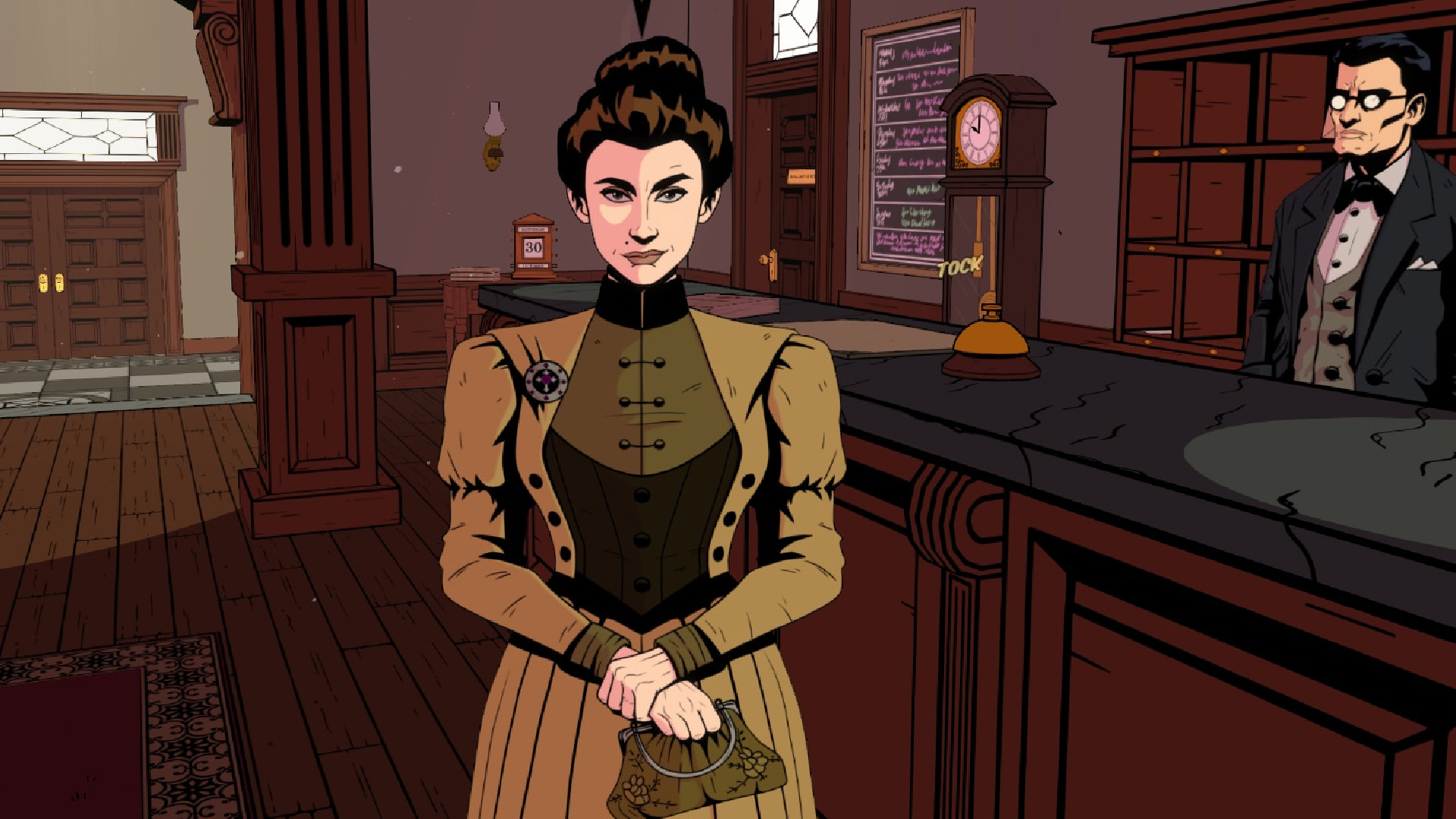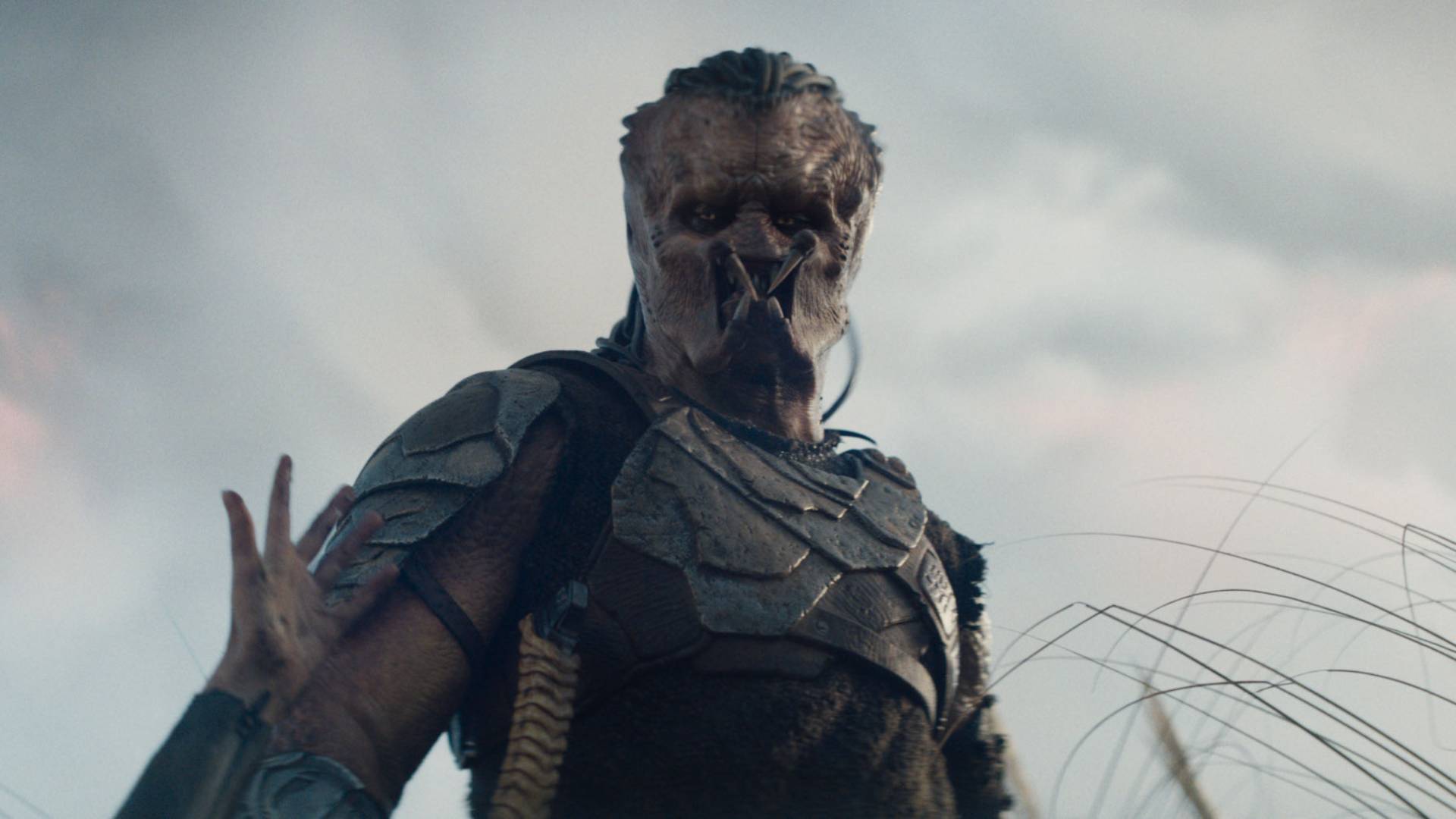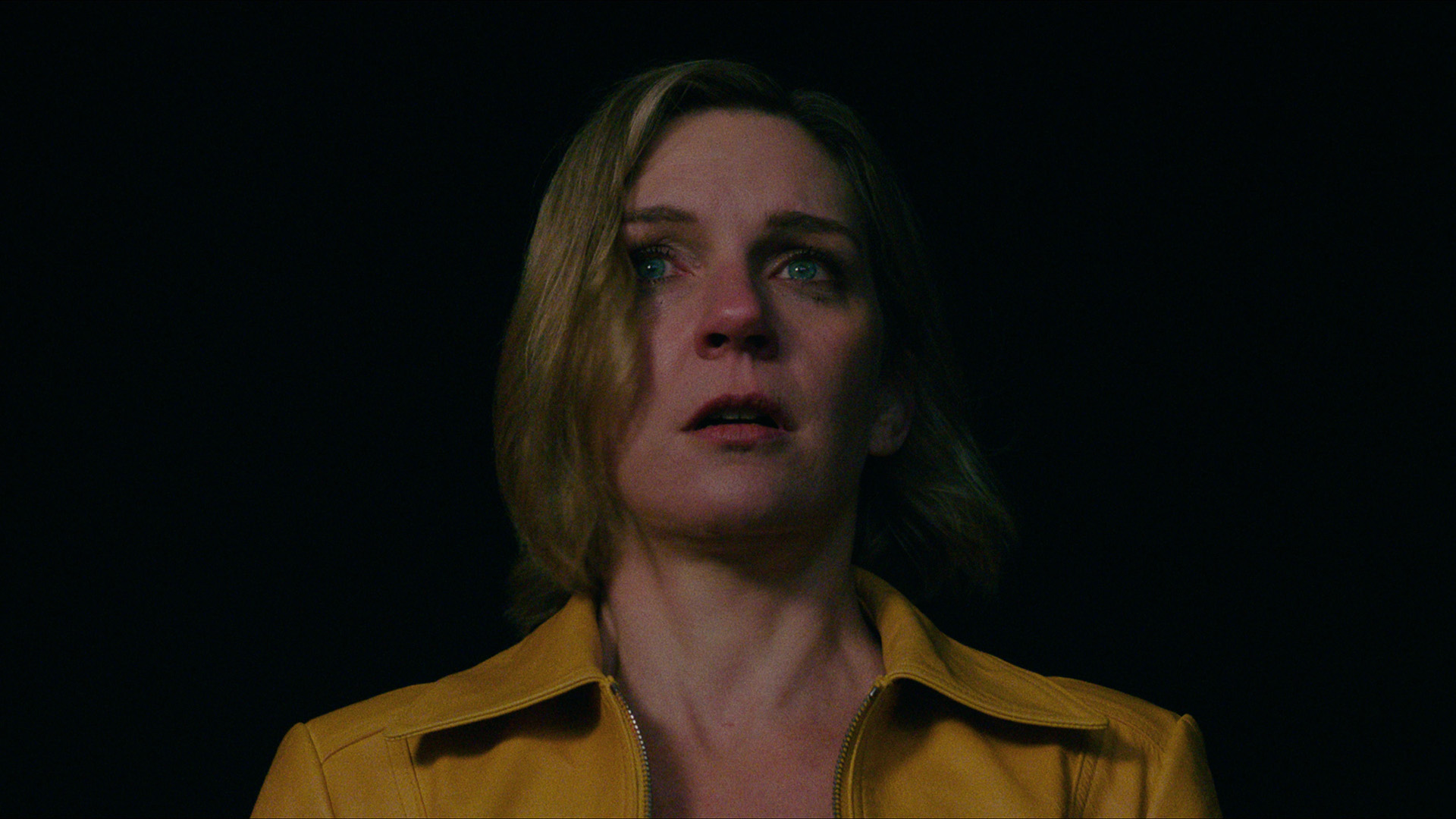All the main differences between Guillermo del Toro's Frankenstein and the original novel that you need to know
A guide to the key changes the new Netflix movie makes in adapting Mary Shelley's Frankenstein

Frankenstein was first published over 200 years ago, but Mary Shelley's Gothic novel has more than stood the test of time. Many adaptations have been made for stage and screen in the two centuries since, with the book lending itself to some of the best horror movies ever, but the most recent of which is Guillermo del Toro's new Netflix film.
Oscar Isaac stars as brilliant, egotistical scientist Victor Frankenstein, while Jacob Elordi plays his tortured creation, the Creature. The film is a long-gestating passion project for the Pan's Labyrinth and Shape of Water director, but del Toro's movie doesn't stay 100% faithful to its source material.
Below, we've broken down the main key differences between the novel and the new movie, from character omissions to plot changes. Be warned, though: there are major Frankenstein spoilers ahead, so turn back now if you haven't seen the movie (or read the book…) and don't want to know what happens.
The key differences between Mary Shelley's Frankenstein and Guillermo del Toro's movie
No Henry Clerval
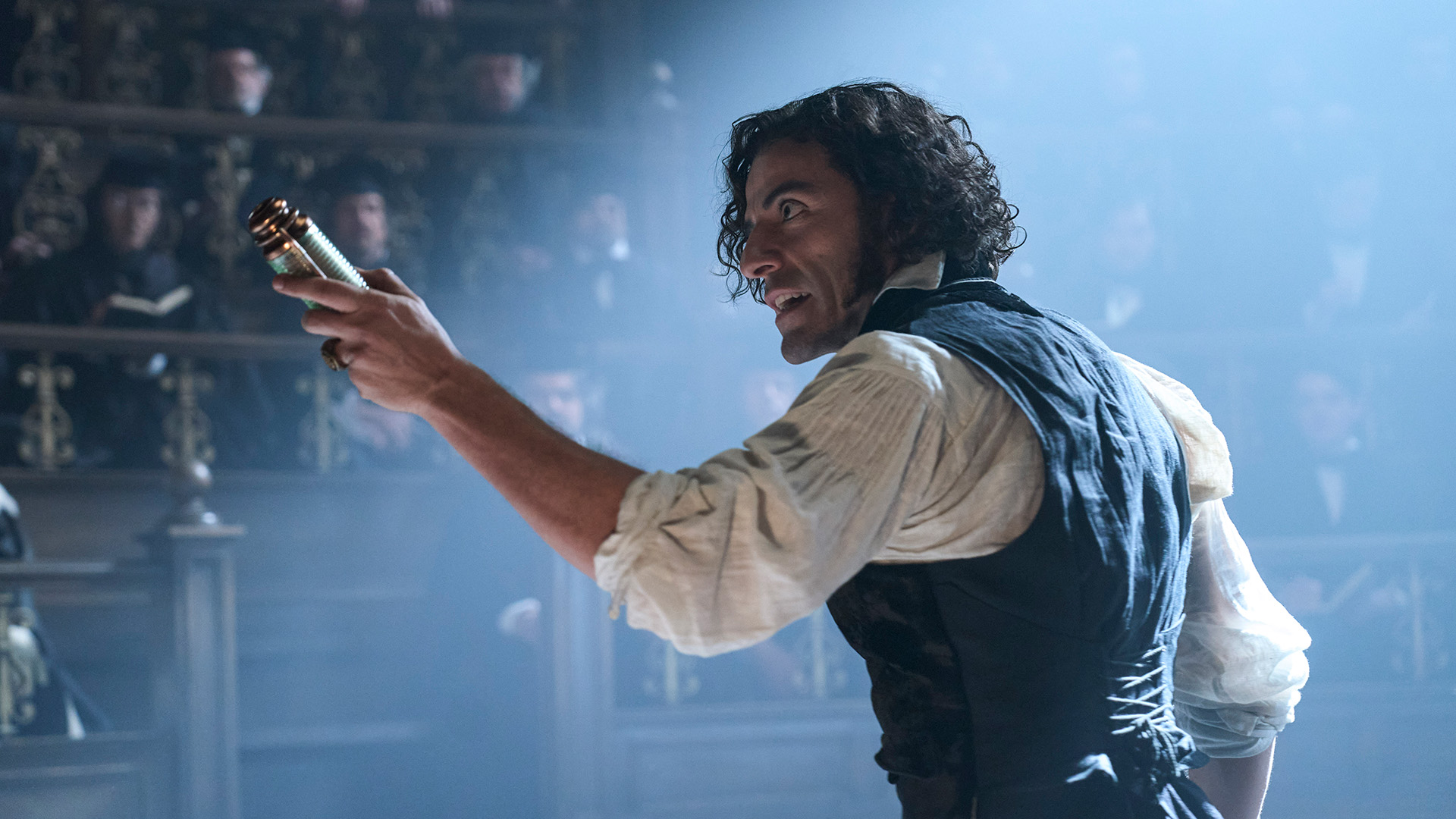
In the novel, Victor has a best friend named Henry Clerval. The pair grew up together and remained friends into adulthood, and kindhearted Henry acts as a foil to the hubristic Victor. Although he doesn't appear too often in the novel, he has a major impact on Victor's character, and he's ultimately murdered by the Creature towards the end of the book. Del Toro's adaptation omits Henry entirely.
Victor doesn't marry Elizabeth
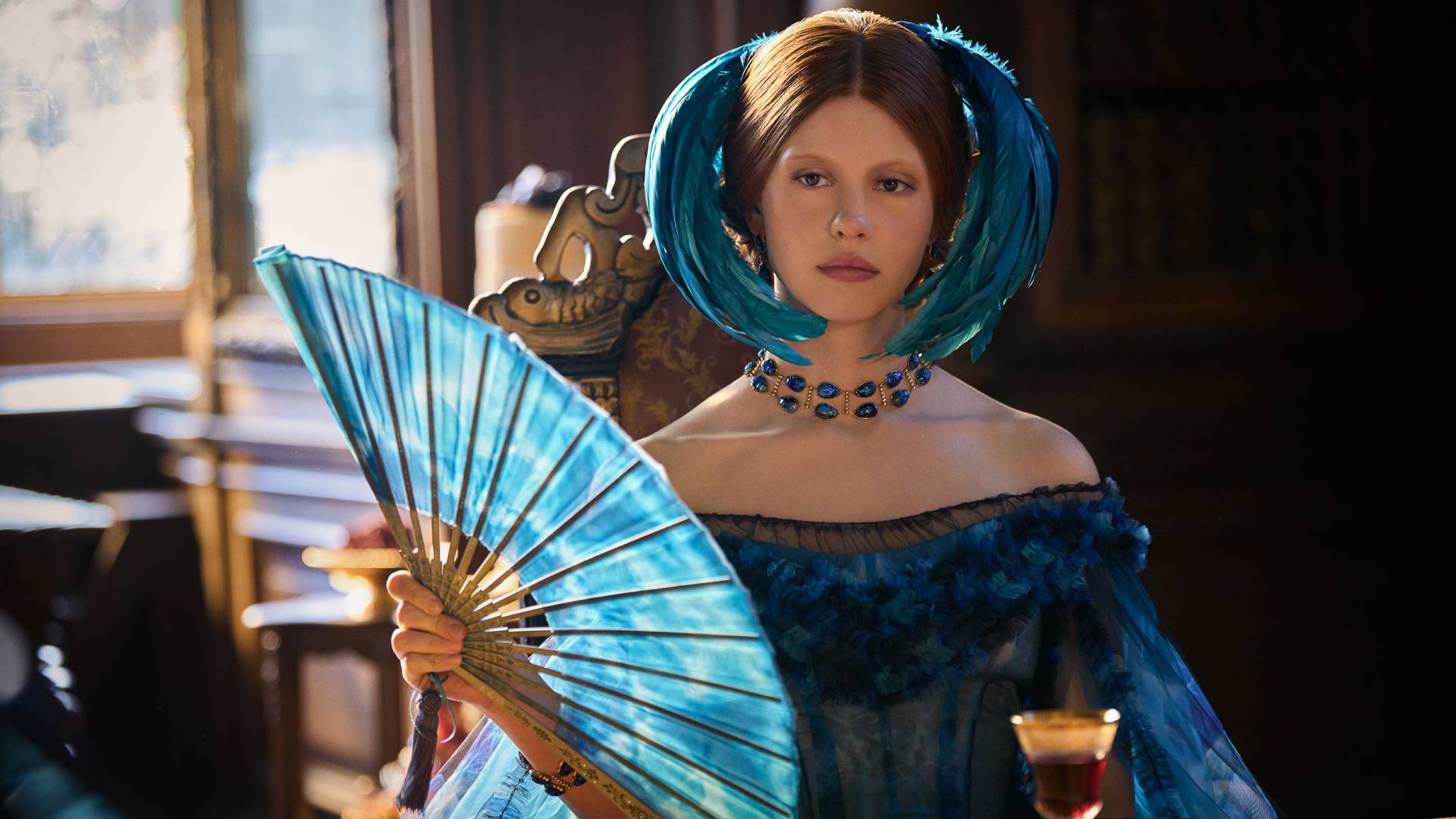
In the movie, Mia Goth's character Elizabeth is betrothed to Victor's younger brother William. However, in Shelley's novel, it's Victor and Elizabeth who are engaged. There's still a nod to this in del Toro's movie, though, as Victor is in love with his brother's fiancée and, after a rocky start, the pair get along well. However, Elizabeth ultimately rejects her future brother-in-law's advances, and finds herself disgusted by his treatment of the Creature.
William and Elizabeth aren't killed by the Creature

Del Toro attempts to paint the Creature in a much more sympathetic light than Shelley, with a lot less cold-blooded murder. In the book, he kills William after discovering that he's related to Victor, and frames the family's servant Justine for the crime (Victor suspects that the Creature may be responsible, but doesn't do anything when she's tried and executed for the crime…). Similarly to the movie, Elizabeth also dies on her wedding night in the book, but rather than getting caught in the crossfire like she does in the film, the Creature murders her.
Victor doesn't start working on a female companion for the Creature
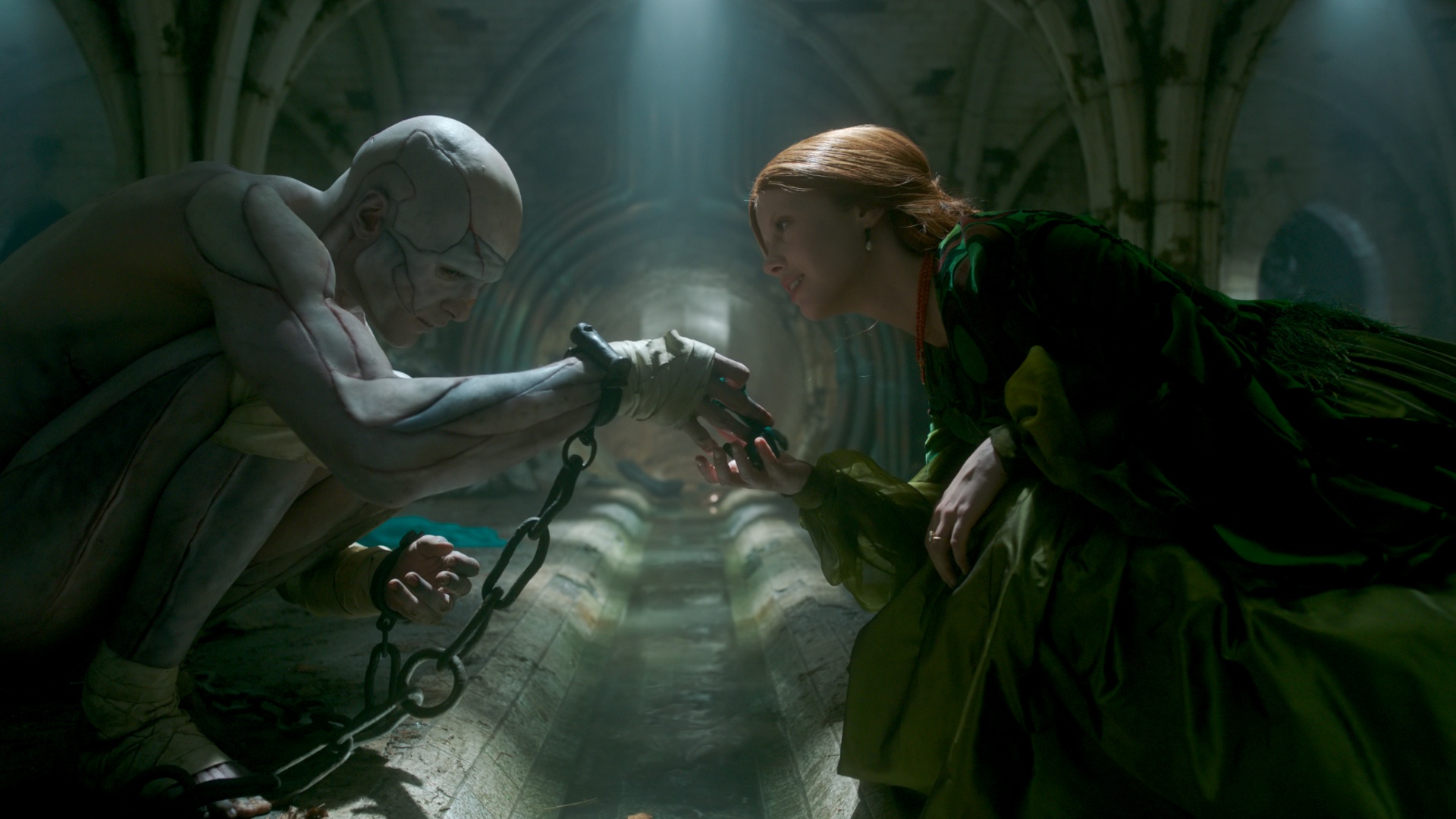
After the book version of the Creature murders William, he tells Victor about his lonely existence in the world so far and demands that Victor makes a female companion for him, as he believes that this is his only chance of finding happiness. Victor agrees and starts work on the new being, but fears what would happen if the pair procreated and destroys her instead. The Creature kills Henry in retaliation.
In the movie, the Creature asks Victor for a companion on Elizabeth and William's wedding night, but Victor point blank refuses and doesn't work on a female creature in any capacity.
Victor and the Creature's confrontation

Just like the movie, the novel is bookended by Victor recounting his tale to a ship's captain in the Arctic. However, Victor dies before the Creature boards the ship, and so the pair never have a final confrontation. In the film, however, the Creature arrives a little earlier, and they're able to have a conversation before Victor's death, in which Victor apologizes for his treatment of the Creature.
Frankenstein is streaming now on Netflix. For more on the movie, check out our Frankenstein review, or get up to speed with everything else new on Netflix in November 2025.
I’m an Entertainment Writer here at GamesRadar+, covering everything film and TV-related across the Total Film and SFX sections. I help bring you all the latest news and also the occasional feature too. I’ve previously written for publications like HuffPost and i-D after getting my NCTJ Diploma in Multimedia Journalism.
You must confirm your public display name before commenting
Please logout and then login again, you will then be prompted to enter your display name.
